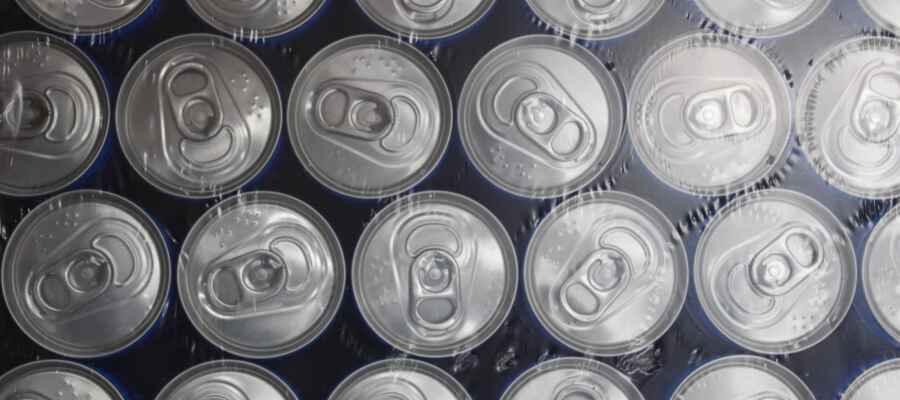What Is Secondary Packaging?

As a business owner or manufacturer, it pays to understand the packaging and shipping process. By knowing more about the ins and outs, improvements can be made along the various steps involved in packaging. One of the most frequently asked questions regarding the packaging process is, “What is secondary packaging?”
Essentially, secondary packaging refers to the container holding individual units of a product. Its purpose is to better secure and protect the goods for transport or as a means of delivering mass quantities to the end user or point of sale. Unlike primary packaging, this type of containment won’t alter the qualities or attributes of the product when removed.
Secondary packaging is an important part of the process for several reasons. It may provide a physical barrier or additional containment; it can enhance safety; and it can aid in regulation adherence. It is also an essential part of product appeal, as it’s often the first level of packaging a customer will see.
To better understand, picture a box of candy bars. The colorful wrappers surrounding the sugary treats are primary packaging. These wrappers are designed to keep the product fresh and free from contaminants until the end user is ready to consume it. Secondary packaging for those same candy bars is the cardboard display box on the store shelf or the closed version when buying in bulk.
Primary Packaging vs. Secondary Packaging
There are several similarities and differences between these types of packaging. One similarity is that, depending on the product, they might include the same marketing and design elements to better distinguish the brand — such as a logo or slogan.
A top differentiating factor is that secondary packaging does not
have contact with what it’s containing. Instead, primary packaging is
the last barrier between the product and the end user.
Another way they differ is their purpose. Primary packaging’s goal is protection. It needs to ward off any harm to the product or the consumer’s ability to use it. Secondary packaging, on the other hand, is often used to add stability or utility. It should be sturdy enough to protect the primary packaging, yet provide easy access that helps ensure the consumer or store doesn’t damage it. Matters surrounding the end user must be considered carefully throughout the packaging design process.
What Is Contract Packaging?
Contract packaging is the practice of hiring another company to manage your business’s packaging and supply chain needs. A contract packager might offer primary packaging and secondary packaging, as well as inventory management, distribution and more. By outsourcing these dynamics of operation to a partner, your company can better focus on its core capabilities and save on the costs of expensive packaging machinery and materials.
MSI Express provides such specialized food contract manufacturing
and packaging services. As a single-source solution, our standardized
systems and resourceful practices simplify the supply chain and
packaging needs for our partners in the food manufacturing industry.
What’s more, our secondary packaging solutions are customizable to
better reinforce branding and product visibility.
Contact us today to see what we can do for your business.